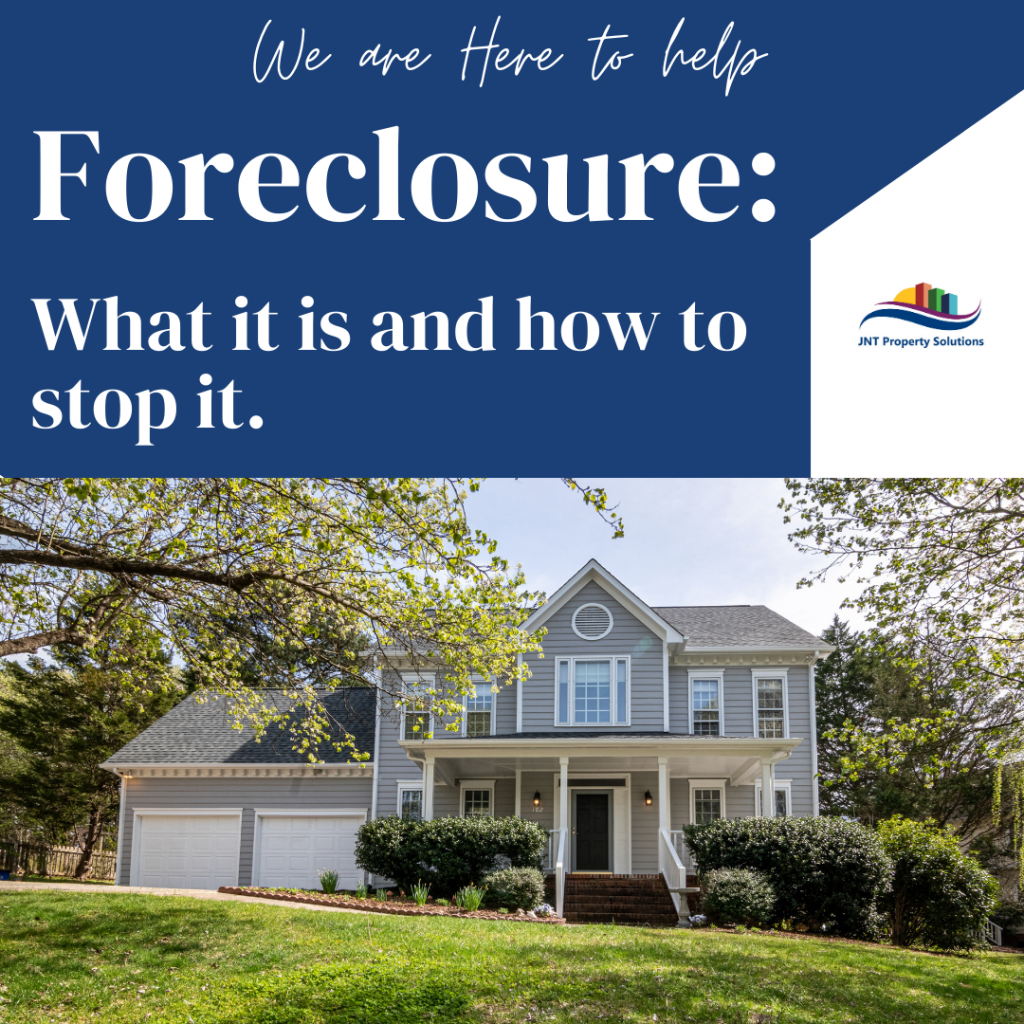1. DEFAULT
a. Homeowner/borrower defaults on deed of trust. Most defaults are caused by owner/borrower failing to make payments. Most lenders will usually wait until a borrower has missed several payments before starting the foreclosure process.
2. NOTICE OF ELECTION AND DEMAND
a. Lender (or its attorney) will send the notice of election and demand (along with numerous other documents required by statute) to the public trustee of the county in which the property is located.
b. The public trustee will record the notice of election and demand with the county clerk and recorder within 10 days.
3. CURE PERIOD
a. Specific parties including the homeowner (at the time of recording the NED), any signor or guarantor of the promissory note, and junior liens have a right to stop the foreclosure by curing the default. The owner must file a notice of intent to cure with the public trustee at least 15 days prior to the sale date.
b. To cure, the homeowner must pay all back payments and any money spent on the foreclosure by the lender including attorneys’ fees, title fees, and the public trustee’s fees.
c. Curing will cause the loan to be reinstated on its original terms. There is no limit to the number of times a borrower can cure.
4. SALE
a. The Public Trustee will schedule the sale to take place not less than 110 days or more than 125 days after the notice of election and demand is recorded with the county clerk and recorder.
NOTE: The sale date can be postponed at the request of the foreclosing lender, or if the lender fails to submit a bid to the public trustee by the deadline, the sale date will be automatically postponed.
b. While the sale is open to the public, and the property will be sold to the highest bidder, in most cases the highest and only bidder will be the foreclosing lender.
NOTE: With the owner redemption period being eliminated under the rules which took effect January 1, 2008, many more bidders are now attending the sales than under the old rules. Investors were reluctant to have their money tied up for 75 days during the owner redemption period which has now been eliminated.
5. CERTIFICATE OF PURCHASE
a. Within 10 days after the sale, the public trustee will record a certificate of purchase with the county clerk and recorder.
b. The certificate of purchase recites among other things, the date and time of the sale, the name of the winning bidder, and the amount bid.
c. If none of the junior lien holders redeems the property, then upon expiration of all the redemption periods, title immediately vests in the certificate of purchase holder. The public trustee would then record a confirmation deed confirming that title vested in the certificate of purchase holder.
d. Certificates of purchase are assignable (sellable) to third parties.
6. OWNER REDEMPTION PERIOD HAS BEEN ELIMINATED
a. The owner redemption period was eliminated under the 2008 rules. Once the property goes to public trustee foreclosure sale, the prior owner loses all right, title, or interest in the property.
Under the old rules, the owner had 75 days after the foreclosure sale to redeem.
7. JUNIOR LIEN REDEMPTION PERIOD
a. Junior liens have 8 business days after the foreclosure sale to file a *Notice of Intent to Redeem. This gives the Public Trustee and the certificate of purchase holder notice that a junior lien intends to redeem. A junior lien may file a notice of intent to redeem after 8 business days only if it obtains the written permission of the certificate of purchase holder and no lien junior to the lien filing the intent has already redeemed..
b. The first junior lien redemption period begins on the 15” business day after the sale lasting for 5 business days. Each subsequent junior lien has five business days to redeem. The order of junior lien redemption periods is determined by the priority of the junior liens. The most senior junior lien has the first opportunity to redeem, and the most junior has the last opportunity to redeem.
c. The amount required to redeem is the amount bid at the sale plus interest at the rate in the underlying promissory note plus any statutorily permitted expenses plus any amounts owed junior liens which already redeemed.
8. REDEMPTION CERTIFICATE
a. Any party redeeming is entitled to receive a redemption certificate from the public trustee evidencing the redemption.
b. The last party to redeem will obtain title to the property at the expiration of all redemption periods subject to any liens senior to the foreclosing lien. The public trustee will record a confirmation deed confirming that title vested in the last party to redeem.
9. FEDERAL TAX LIENS & OTHER FEDERAL LIENS are extinguished by the foreclosure of a senior lien same as any other type of lien, however, they have additional redemptive rights under federal law.
a. The IRS may redeem under a federal tax lien through the Public Trustee’s office in the same manner as any other junior lien permitted to redeem under Colorado law, or the IRS may redeem under federal redemptive rights which give the IRS 120 days after the foreclosure sale to redeem.
b. Any other type of federal lien including an SBA (Small Business Administration) deed of trust, judgment rendered by a federal court, or criminal restitution lien has a one year right of redemption under federal law
2019 © All Rights Reserved by First Integrity Title Company
- WI Office: 608-630-5060
- CO Office: 720-310-0140
- Email: [email protected]
- www.JNTPropertySolutions.com
- facebook.com/JNTPropertySolutions
- instagram.com/jntproperty/

Disclaimer:
These documents and information contained herein are designed to provide accurate and authoritative information with regard to the subject matter being covered. It is given with the understanding that the authors and distributors are not engaged in providing legal, accounting, real estate or other professional advice.
If legal advice or other expert or professional assistance is required,
the services of a competent professional person licensed in your area should be sought.

